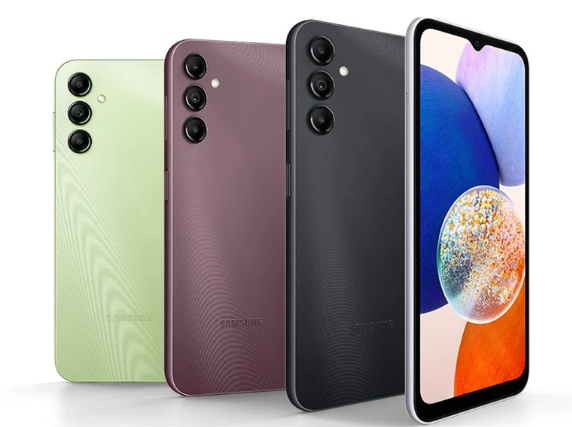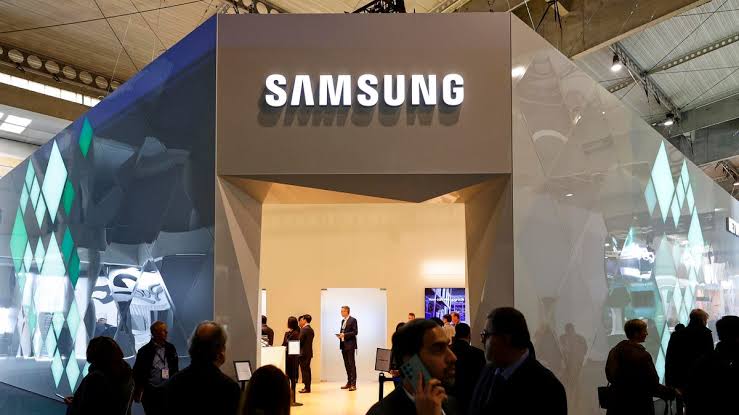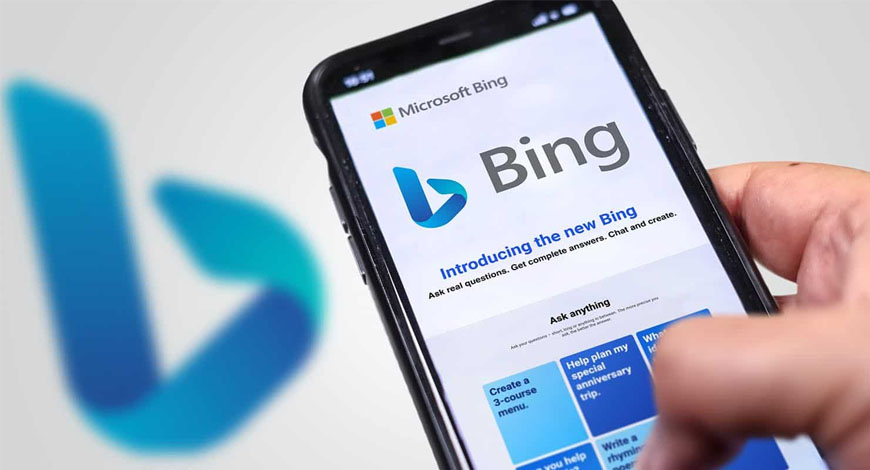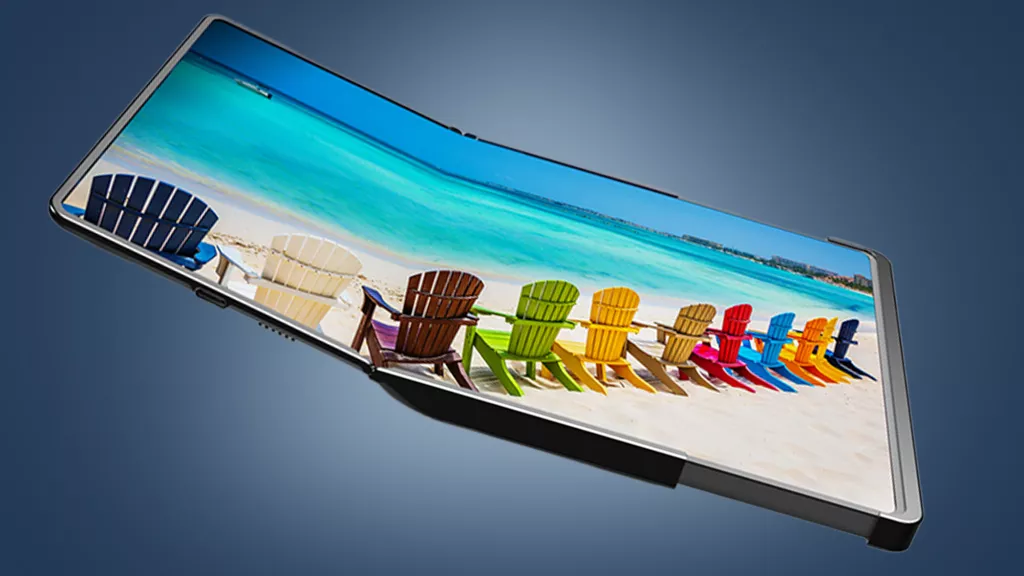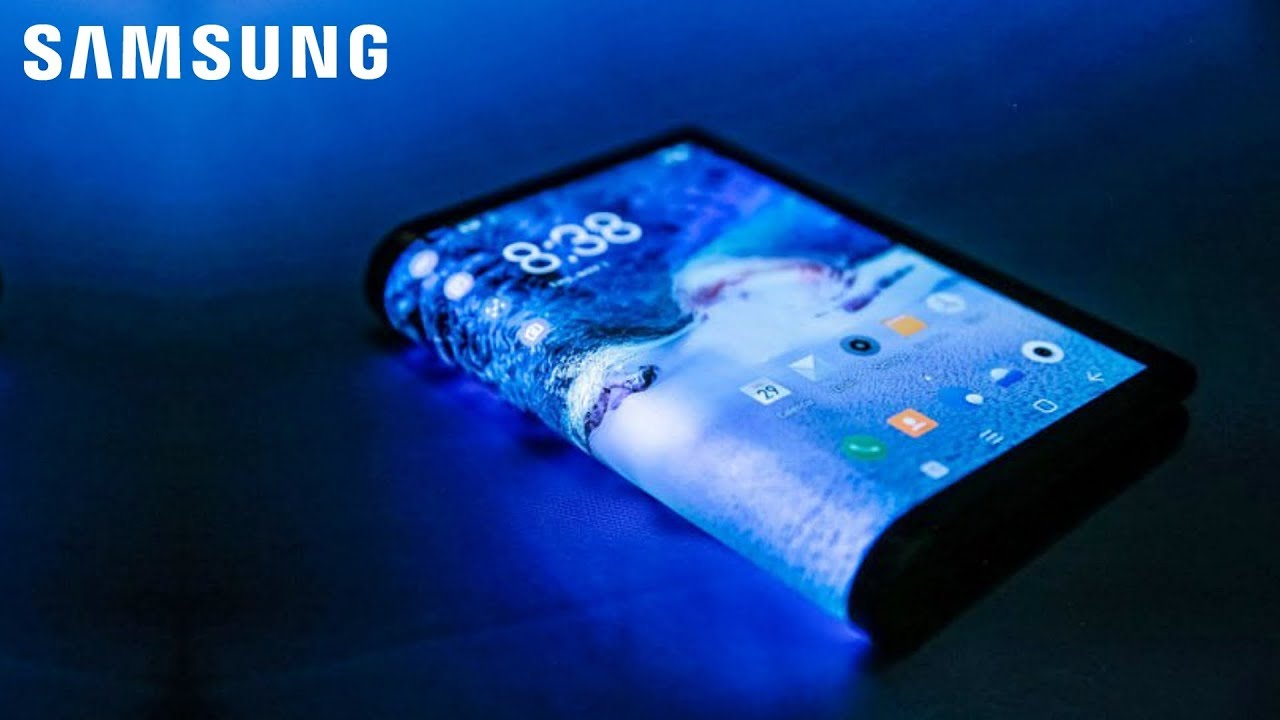Samsung, a consumer electronics has introduced Galaxy A14 5G in Nigeria
This most recent iteration of the immensely successful Galaxy A series is designed to provide consumers with an all-inclusive package of the most recent Galaxy innovations at a price that is within their financial reach.
This will ensure that amazing technology is available to everyone, especially users of Airtel Nigeria.
During the debut of Airtel Nigeria’s 5G service in Lagos on June 19, 2023, the device was presented to the public for the first time in an exclusive partnership with Airtel Nigeria.
According to Charles Lee, the Managing Director of Samsung Nigeria, Samsung has been driving 5G adoption around the world with its biggest line of 5G products, and the company is prepared to accomplish the same thing in Nigeria.
Read also: Samsung, others violate Kenyan laws
According to him, now that the Galaxy A14 5G has been released, Samsung will have the most widespread distribution of 5G smartphones in the country.
According to the Managing Director of Samsung, the Galaxy A14 5G exemplifies Samsung’s premium style and comes equipped with features that are at the forefront of their respective industries, such as 16GB RAM with RAM Plus and a 5000mAh battery.
According to Lee, the device will be essential in driving Airtel’s objective of re-imaging with 5G’ and accessible to everyone, starting at a net effective price of just N122,000.
Earlier on in this talk, Carl Cruz, the Chief Executive Officer of Airtel Nigeria, commended Samsung for cooperating with the network to make 5G more accessible and affordable in the country. Cruz was thanking Samsung for their work to democratise the availability of 5G.
Also speaking was Chika Nnadozie, Head of Marketing PR for Samsung Nigeria. She stated that the Galaxy A14 5G is a prime example of Galaxy’s signature design philosophy, which aims to give mid-segment products the feel of premium products. A seamless unibody profile is produced by the combination of the flat linear camera housing and the laser pattern back cover, which accentuates the already outstanding appearance.
There will be three new colour options available for the Galaxy A14 5G: black, dark red, and light green. Now is the time for Nigerians to place their preorders for the smartphone, and they will receive enormous goodies in return. Nnadozie said.
According to Solomon Osibeluwo, Master Trainer MX for Samsung Nigeria, the Galaxy A14 5G comes with a 6.6-inch HD+ display that has a refresh rate of 90 hertz (Hz), which allows for actual scrolling that is very fluid. Consumers have the opportunity to discover and create content on a screen that is far larger than usual due to the edge-to-edge Infinity-V display.
Battery capacity of the phone
Regarding the battery life, he stated that the Galaxy A14 5G is equipped with a big 5000mAh battery that can provide power for up to two days. By putting apps to sleep and preventing them from operating in the background, the sleeping app management function allows you to direct your attention to the applications that you use most frequently.
Camera features of the Samsung phone
The Galaxy A14 5G’s back camera has a resolution of 50 megapixels and is equipped with a depth and macro lens to produce photographs of exceptional quality. The front-facing camera has a resolution of 13 megapixels. The high-resolution camera enables users to catch even the minutest of details and ensures that their photographs are always suitable for sharing on social media.
Through the use of blockchain technology, users of the Galaxy A14 5G’s Private Share function are able to safely share photographs and movies with users of other Galaxy devices. Because it comes with four years’ worth of security updates and two operating system upgrades, it is a smartphone that is prepared for the future.
The Galaxy A14 5G is safeguarded by Knox Security and is powered by an Exynos 1330 Octa-core CPU, which together ensure smooth performance and better multitasking capabilities.
Remarks from Airtel’s CEO
According to the CEO of Airtel, 5G is not intended to be out of reach for the general public.
“We are here to democratize 5G. Our research entails customers with a 10x faster speed network with low latency and no lag; to connect more users, 8K streaming, available to iOS and Android devices. So, we are offering the most affordable 5G router with N30,000 offer, and partnership with Samsung A14 5G model to deliver most affordable 5G handset in the country”, he said.
